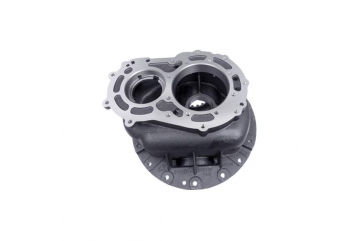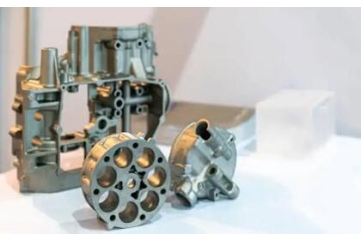What is the principle of die casting?
The principle of die casting is based on forcing molten metal under high pressure into a mold cavity to produce precisely shaped metal parts. Here are the key principles underlying the die casting process:
1. Pressure Application:
– High pressure is used to inject molten metal into the die cavity.
– This pressure ensures that the metal fills all areas of the mold, including thin sections and intricate details.
2. Rapid Solidification:
– The molten metal solidifies quickly when it contacts the cooler die walls.
– This rapid cooling results in a fine-grained structure, improving the mechanical properties of the cast part.
3. Heat Transfer:
– The die absorbs heat from the molten metal, facilitating solidification.
– Proper thermal management of the die is crucial for consistent part quality.
4. Fluid Dynamics:
– The flow of molten metal into the die cavity follows fluid dynamic principles.
– Proper gating and venting systems are designed to ensure optimal metal flow and air evacuation.
5. Metallurgy:
– The chemical composition and properties of the casting alloy affect the final product.
– Different alloys are chosen based on desired properties like strength, corrosion resistance, or conductivity.
6. Thermodynamics:
– The process involves complex heat transfer between the molten metal, die, and cooling systems.
– Understanding and controlling these thermal interactions is crucial for part quality.
7. Material Properties:
– The properties of both the die material and the casting alloy influence the process.
– Factors like thermal expansion, hardness, and wear resistance are considered in die design.
8. Precision Engineering:
– The accuracy of the die design and manufacturing directly affects the final part’s dimensions and surface finish.
9. Cycle Time Optimization:
– The process is designed to minimize cycle time while maintaining part quality.
– This involves balancing factors like injection speed, cooling time, and ejection.
10. Repeatability:
– The process is engineered to produce consistent parts over many cycles.
– This requires careful control of all process parameters.
These principles work together to enable the production of complex, high-precision metal parts at high volumes. The die casting process leverages these physical and engineering principles to create a efficient and effective manufacturing method for a wide range of metal components.




